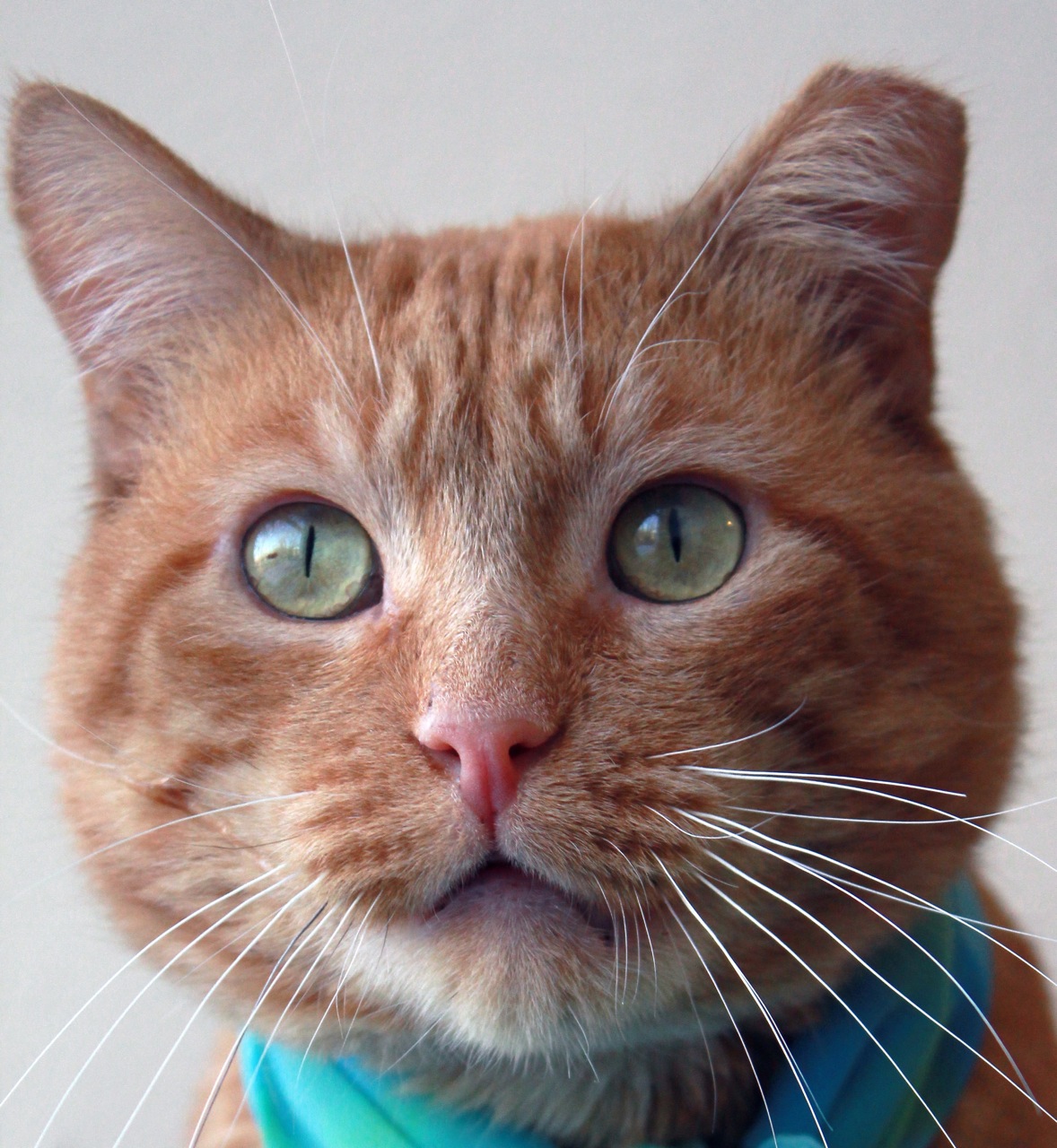Feline Immunodeficiency Virus (FIV)
Learning the facts
What is FIV?
Like Feline Leukemia Virus (FeLV), FIV is a contagious retrovirus that undermines a cat's immune system, making the cat more susceptible to secondary infections. However, FIV differs from FeLV in several ways, the most significant being a longer life span in most cases. Read on to find out more.
How is FIV transmitted?
Unlike FeLV, FIV is not transmitted through casual contact but rather through deep bite wounds. This is another great reason to keep your cats indoors! Therefore, according to Cornell Feline Health Center, households with cats who get along well and do not fight carry a very low risk for transmission of FIV. Rarely, a kitten will acquire FIV from a virus-positive mother. In these cases, infection occurs during passage through the birth canal or via mother's milk. Please be aware, however, that young kittens may test positive falsely due to maternal antibodies. Typically, these antibodies will clear by six months of age. You can learn more about this possibility via IDEXX, a business that provides FIV and FeLV tests to veterinarians.
 How common is FIV?
How common is FIV?
According to Cornell, FIV is found in 1.5-3% of cats in the United States. This rate increases dramatically for cats who are sick or at a high risk for infection.
How can I find out if my cat has FIV?
A simple blood test conducted by your veterinarian can determine whether or not your cat is positive for FIV.
Which cats are at the greatest risk for infection?
Aggressive, free-roaming males make up the largest portion of FIV-positive cats. Therefore, keeping your cat indoors ensures his or her health and safety. If you adopt or find a new cat you would like to add to your household, be sure to have him or her tested for FIV before slowly integrating the new member into your household. An FIV vaccine does exist, but it is not 100% effective. Speak with your veterinarian about this option.
What are some symptoms of the virus?
Soon after infection, it is possible to see enlarged lymph nodes, but more often than not, the virus goes undetected for some time. Later on, the infected cat may experience steadily declining health or recurrent infection or illness, alternating with periods of relatively good health. Sometimes, it takes years for the virus to manifest itself in the cat's body. (Cornell) Other common signs that FIV has taken hold:
* Enlarged lymph nodes
* Persistent fever
* Anemia
* Weight loss
* Poor coat condition
* Inappetence
* Diarrhea
* Conjunctivitis (inflammation or irritation of the eye)
* Inflammation of gums (gingivitis) or mouth (stomatitis)
* Dental disease
* Skin irritation or hair loss
* Wounds that won't heal
* Sneezing
* Ocular or nasal discharge
* Frequent or inappropriate urination
* Change in behavior
(ASPCA)
How can I prevent my cat from becoming infected?
The best possible prevention is keeping your cat indoors and limiting his or her exposure to cats with FIV. As stated earlier, harmonious households where FIV-positive and -negative cats coexist, risk is very low for transmission. However, introducing a new cat should be done so very cautiously. If any signs of aggression are present, it is best to keep cats with and without the virus separate from one another.
Want to know more about fostering or adopting an FIV-positive cat?
Contact our foster or adoption departments!
Thanks to ASPCA and Cornell Feline Health Center for the above paraphrased information.